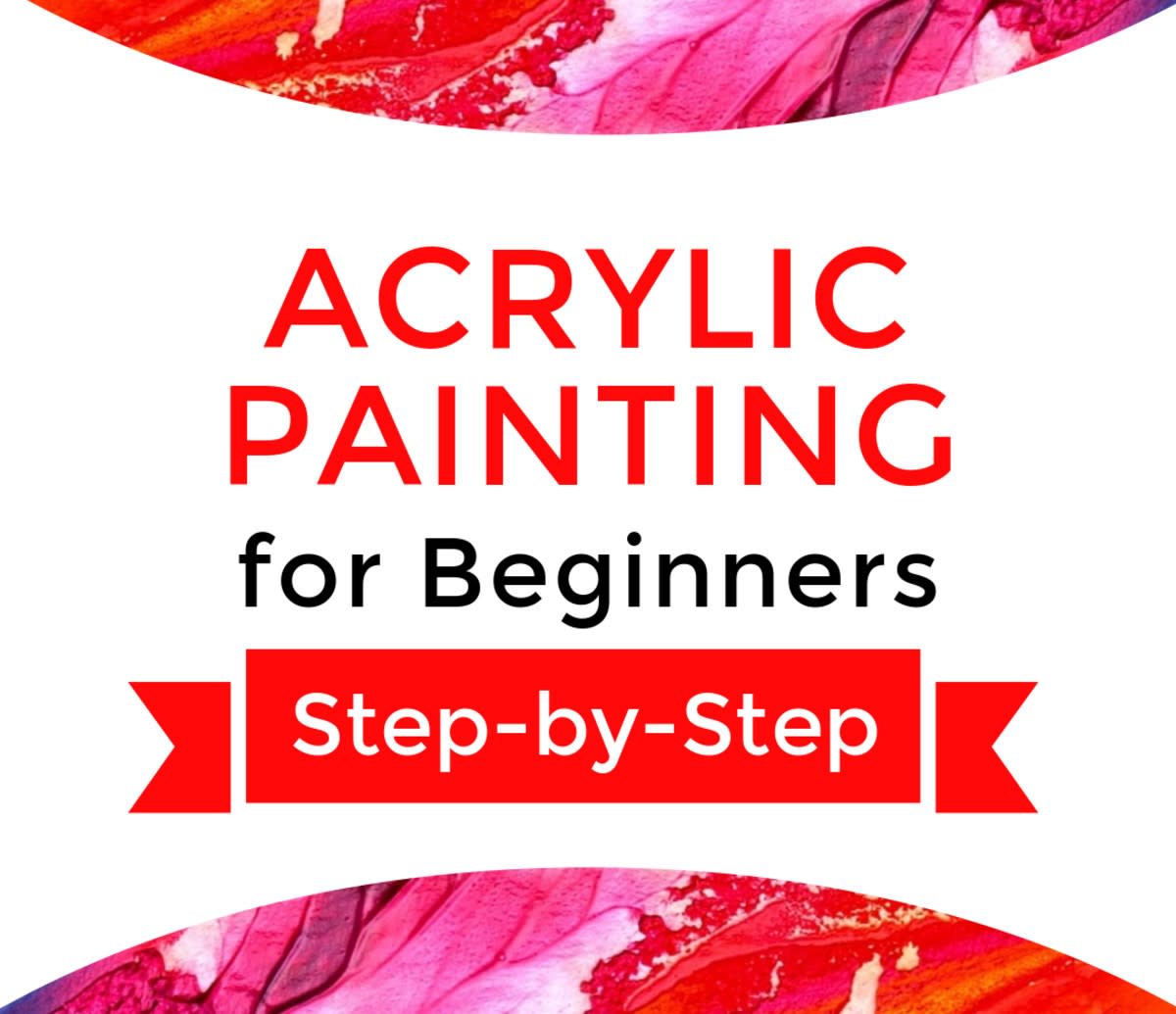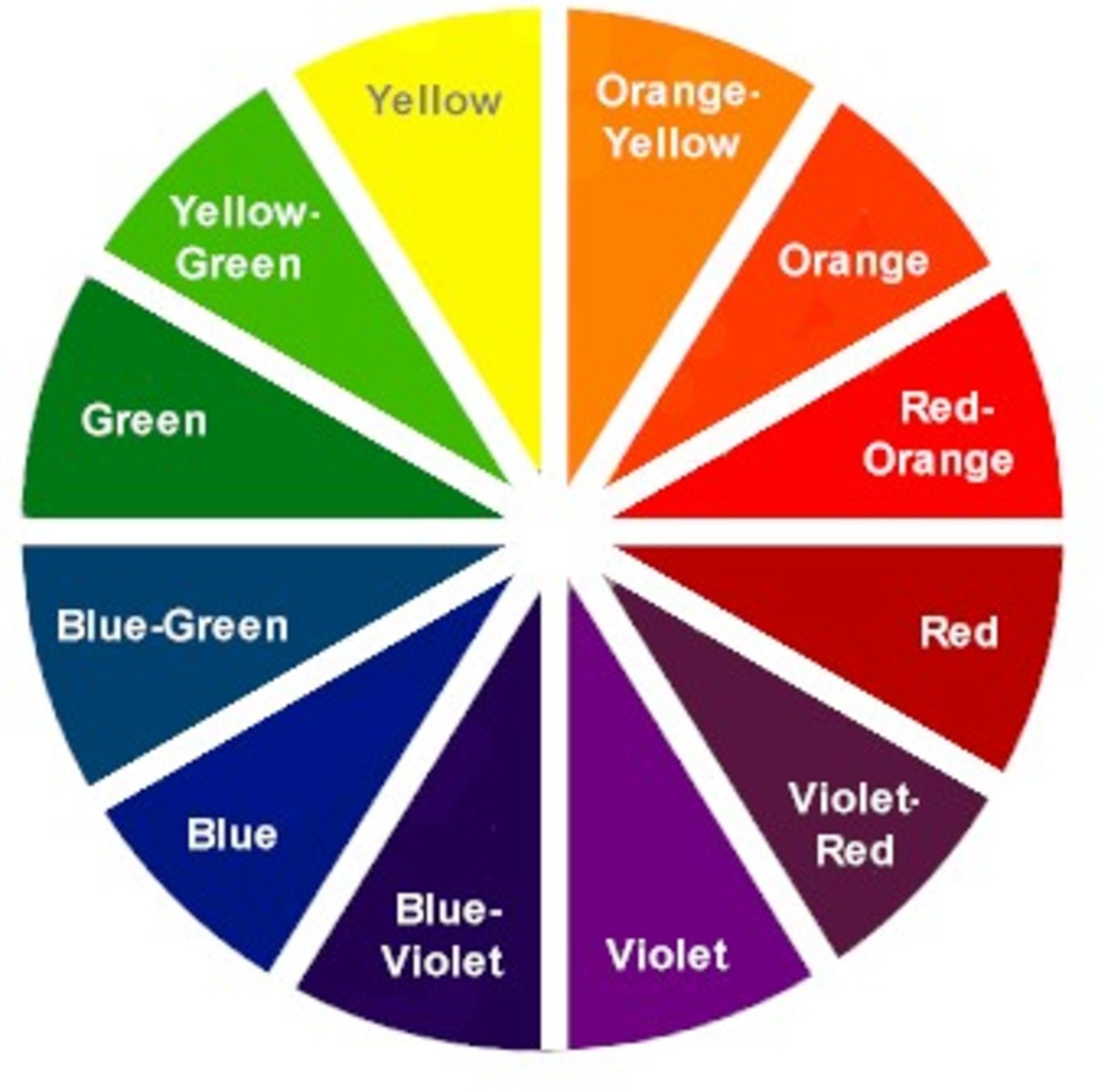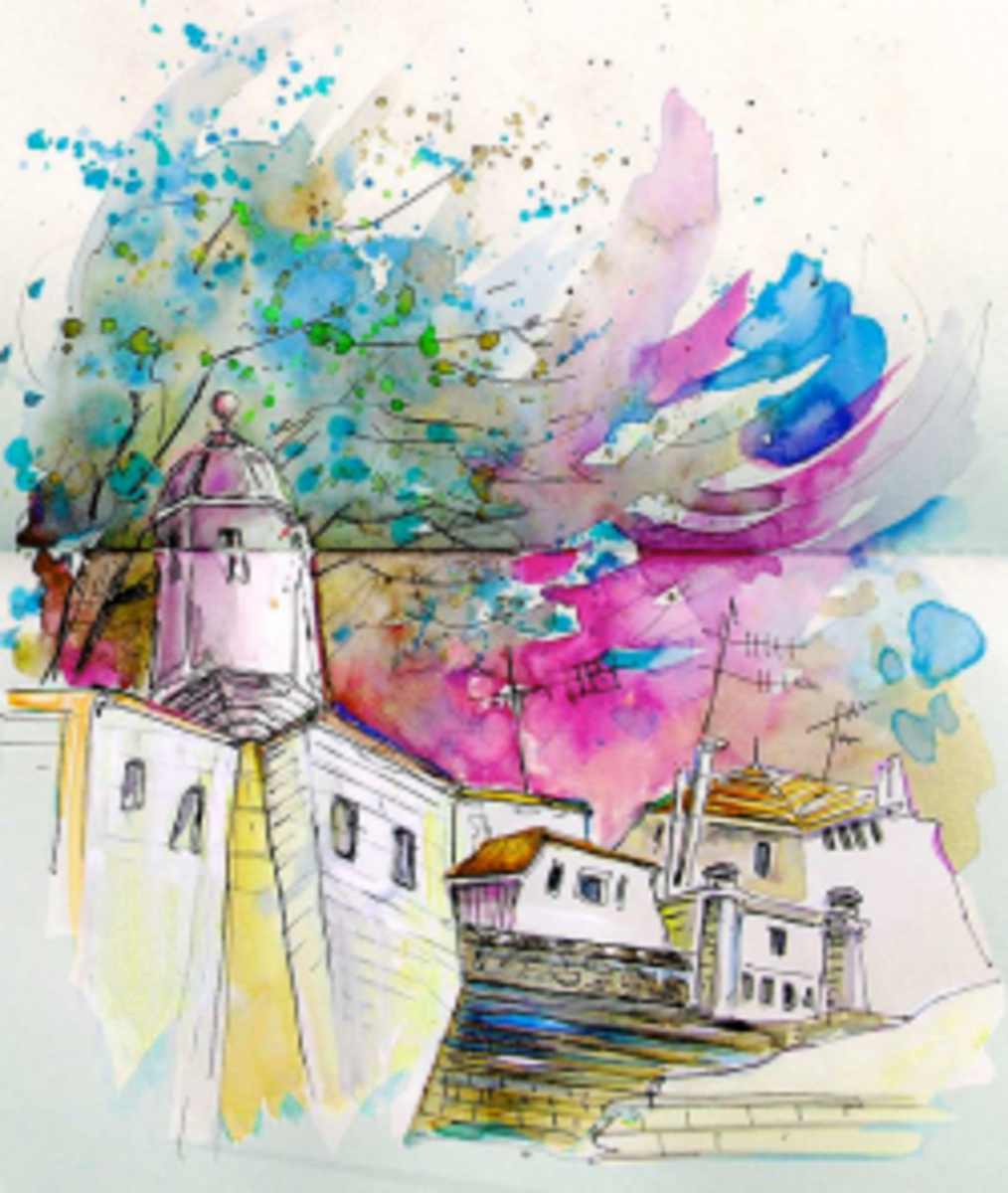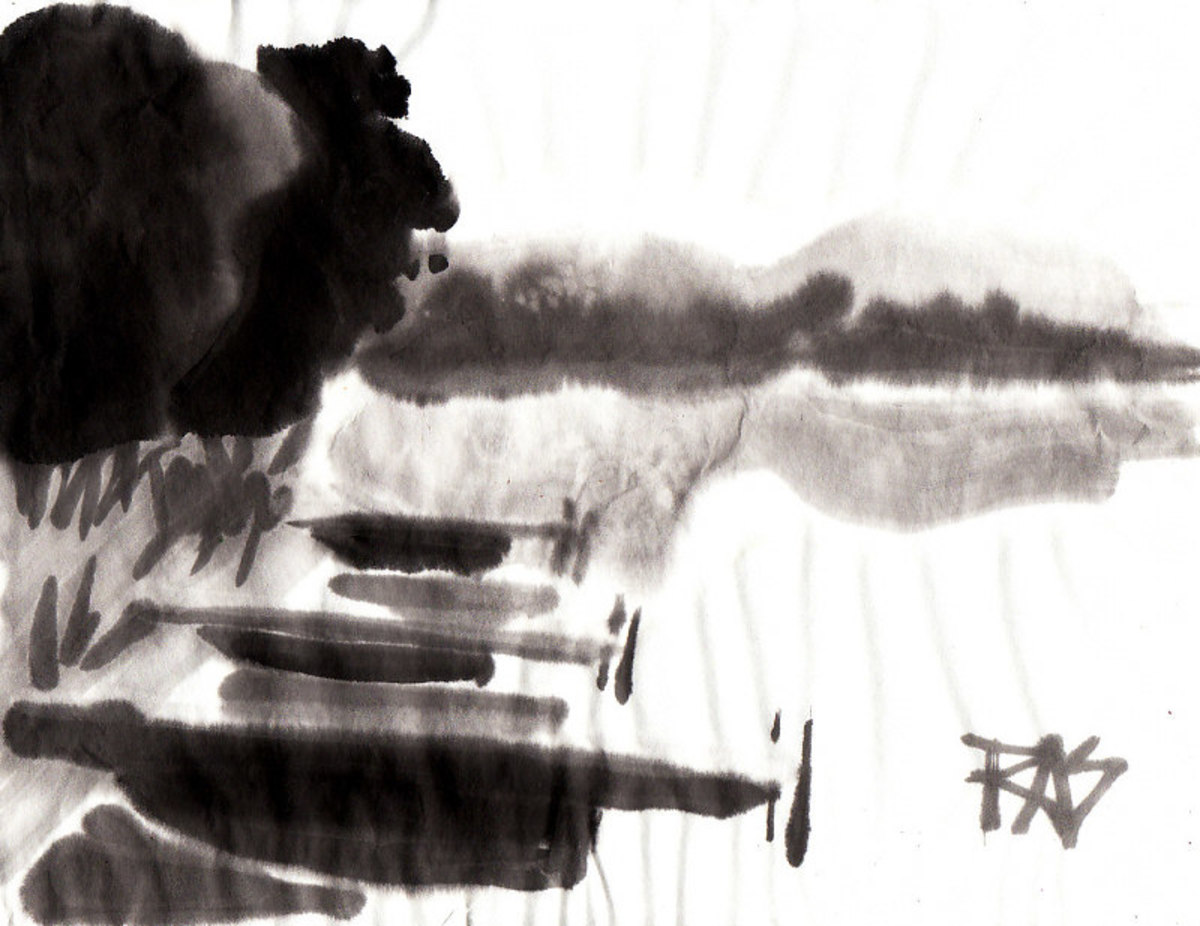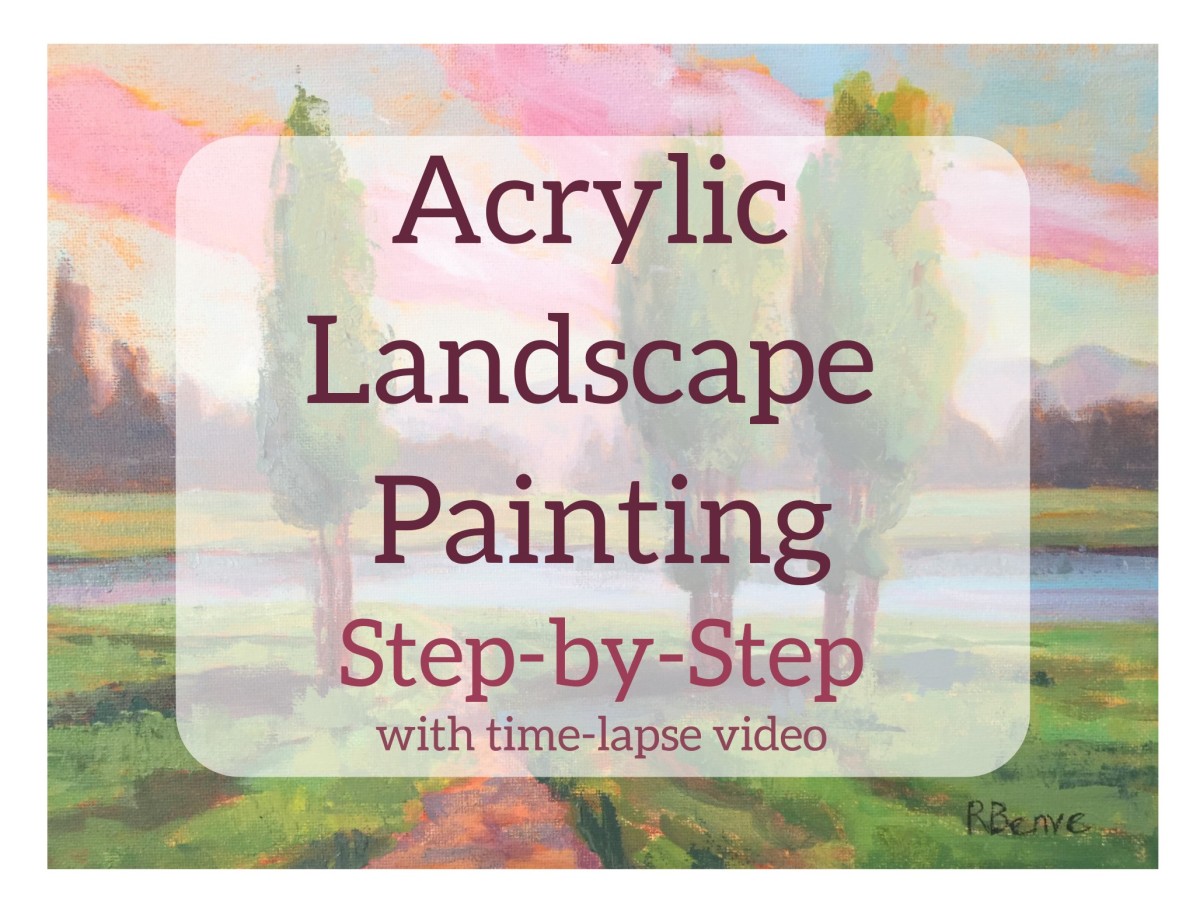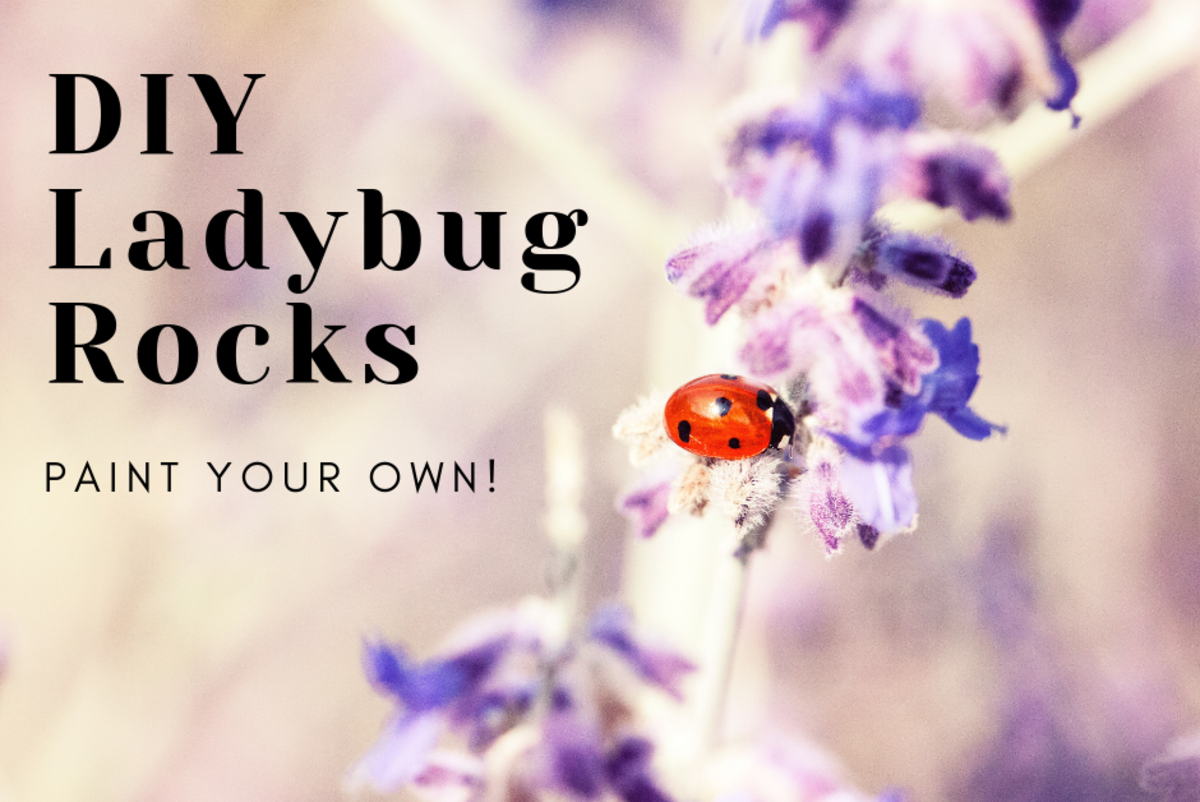How to Set up Your Watercolor Workspace for Carefree Painting
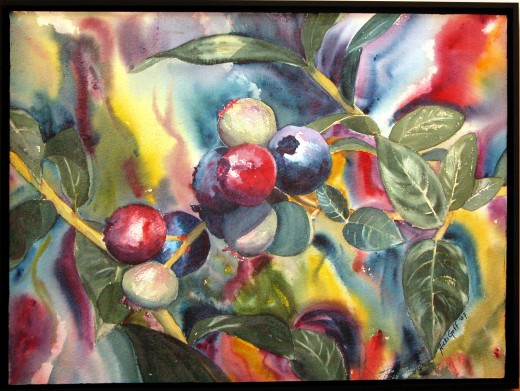
Setting Up Your Watercolor Workspace
Setting up the watercolor workspace for efficiency and ease of use is a simple matter. If you’re a beginning watercolorist, you’ll minimize the possibility for possibly disastrous accidents by following these simple guidelines. As well your painting experience will be much more enjoyable and stress-free.
Ready to Set Up your Workspace?
Always have a checklist, even if it’s a mental one. Paper, brushes, palette, water, tissues, and any extra tools should be at hand, and arranged for maximum accessibility.
I recomment starting with an old towel laid on the table. This serves as a non slip surface for my board, as well as a handy wipe to absorb excess water or paint on my brush.
On the right hand side, the paint palette is set in position close to the work area. I find if I set the palette down in the same position each time, I’m never searching for a color or picking up the wrong color on my brush. If you're lefthanded, set the palette on the left side. This position is important so you avoid reaching across the painting for water or paint, and inadvertently dripping paint from a freshly filled brush onto your work.
Just above this, set 2 water containers, one with clean water for mixing colors and one for rinsing out brushes. I must admit, these often get confused, but you can at least start with clean water, and of course, you can always dump it out and refill it with fresh water. Just don’t place your tea cup nearby…
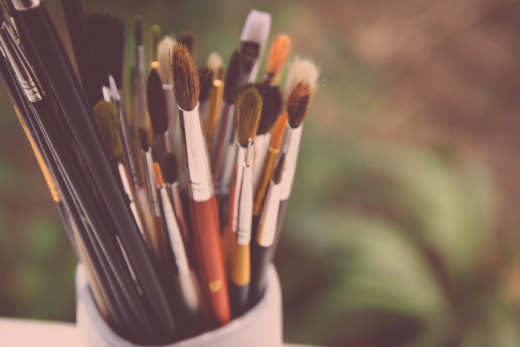
Adding More Tools
Behind this, on the table is my jar of brushes (all kept bristle up and clean) and a box of tissues. Make sure you have a variety of brush sizes, from a 2 or 3 inch brush for washes to a rigger, which is used for tiny detail. Before beginning to paint, t I’ll choose two or three brushes that are favorites or are suitable for the painting size and lay them beside the palette on the towel. This way, the right brush is always within reach.
The tissues are essential for soaking up excess water or blotting an inadvertent drop of paint. Alternatively, you can use a cloth or paper towels for the job.

